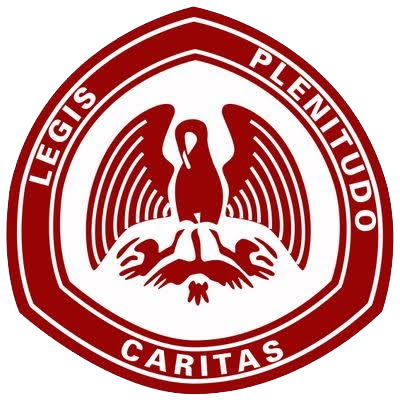The Rosminians first came to Tanzania in 1945, in response to a request from the bishop of Kilimanjaro. Initially the Rosminians were based in Moshi, where the focus of our work was evangelization and teaching. In 1948 the Rosminians moved from Moshi to our present home of Tanga where we took the responsibility of our first Parish in East Africa; the parish of St. Antony’s in Tanga city. This Parish has since been handed back to the Diocese and today it is the location of the Bishop’s office and Tanga’s Cathedral.
Since 1948, the Rosminians have been heavily involved in the pastoral work in the Tanga region, showing clear trends of activity. Pastoral work is one of the most important means by which the Rosminians can exercise our universal charity, caring for the community: spiritually, intellectual and temporally. The Rosminians’ trend in our parish work has been to accept responsibility of a parish when our resources permit, to build the infrastructure of this parish i.e. parish houses, educational facilities, water and sanitation, electrification, to build community through evangelization. At present we are responsible for 9 parishes total,5 in Tanga region 2 in Dar es salam and 2 in Ngong Diocese
Diocese in Kenya. Our expansion in to Kenya was first realized in 1987 when the institute of charity opened an international house of formation. At the moment it serves as the East African province schlosticate house in Ngong and today we have 46 in formation
Formation has been part of our focus in East Africa since 1978. The first postulancy was set up in Gare, in the Usambara Mountains. In 1984, the first group of Novices went to the Novitiate in Maramba. The Postulancy moved for a time to Lushoto from 1992-2003, but is now located back in Gare. Our Novitiate is located in Lushoto 2km from Lushoto town and we have an the East african province schlosticate House of formation in Ngong, in the metropolitan of Nairobi, Kenya. In 1991, we had our first ordination in East Africa province and today we have 46 in formation.
As members of the Institute of Charity, the sanctification of our members is our priority. We believe that the person who truly has love in his heart, wills every good, because he wills only good. Through this sanctification, we can carry out Universal Charity, in it purest sense, based on love and closeness to God. Universal Charity is the means by which we share strength and support for our neighbors in their lives. Our practice of charity can be seen in all of our work in East Africa. In resent years we have engaged in more specific areas, where we have been called by the people to help them in some way.
Our works of charity have a strong focus on education and health. We have many educational projects in the institute, from nursery schools to tertiary institutions. Our Father Founder was an Educationist and we believe that education is the key to development. Our educational projects share a common Rosmini ethos, one that is based on a holistic education and recognizes that each person has right to realize his/her full potential. Today, some of our schools rank as the best schools in the Tanga region.
Our work in the health sector was initiated due to the dire shortage of quality health facilities in the areas in which we work. Currently we operate a health facility in kwalkonge . We are fortunate to have good collaboration with the Usambara Sisters and lay people in our work. Our health facilities are focused on providing a service of quality and compassion, helping people in their time of illness and educating people to avoid illness.
With the help of all our benefactors we have been enable to do this work and hope to continue our work in East Africa.
Tanzania and Kenya
Tanganyika and Zanzibar united in 1964 to become the United Republic of Tanzania. The population is approximately 61, 000,000 with an estimate growth rate of 3%. The economy of Tanzania has been slow to develop and largely dependent on agriculture, which employs approx. 65% of the work force.
On the other hand Kenya got its independence in 1963. Its name is derived from mount Kenya, the second highest mountain peak in Africa. Its population is about 39,000,000 with an estimated growth rate of 2.6%. For a long time Kenya has been known as the regional hub for trade and finance in East Africa, though the economy has slowed in recent years. As of today, Approx. 50% of the population in Kenya live below the poverty line. Factors like global warming is making weather conditions increasingly unpredictable, making life harder for the people of Tanzania and Kenya.
